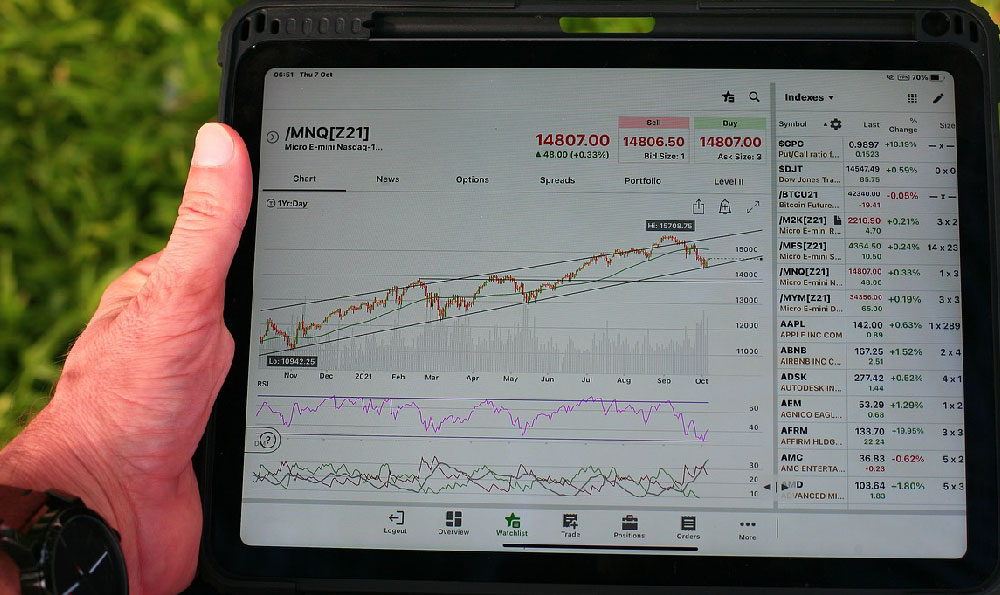Data centers, the unsung heroes of the digital age, power everything from online shopping and social media to cloud computing and cryptocurrency mining. Understanding how they generate revenue and, ultimately, profit is crucial, especially for anyone considering investing in companies operating these facilities or exploring the digital infrastructure landscape. It's a multi-faceted equation, involving understanding various revenue streams, cost management, and strategic market positioning.
The primary source of revenue for most data centers is colocation services. This essentially involves renting out physical space within the facility to businesses that need to house their servers and other IT equipment. These businesses, often lacking the resources or expertise to build and maintain their own data centers, pay a recurring fee, typically monthly, for the space, power, cooling, and connectivity that the data center provides. The pricing model for colocation can vary depending on factors such as the amount of space required (measured in square feet or racks), power consumption (measured in kilowatts), and the level of redundancy and security offered. Higher-tier data centers, certified for uptime and security, command premium pricing. Some data centers offer different colocation options: retail colocation, where smaller businesses rent a few racks, and wholesale colocation, where larger enterprises lease entire suites or even entire buildings. The scalability of colocation allows data centers to cater to a diverse range of clients and adjust their offerings based on market demand.
Beyond simply renting space, data centers also generate revenue through managed services. These services encompass a broader range of offerings that go beyond basic infrastructure provision. They can include things like server management, network monitoring, cybersecurity services, data backup and disaster recovery, and even application management. By offering these services, data centers can act as an extension of their clients' IT teams, taking care of day-to-day operational tasks and allowing businesses to focus on their core competencies. Managed services are often bundled into service level agreements (SLAs) that guarantee a certain level of performance and uptime. The higher the level of service and the more specialized the offering, the higher the revenue potential. This allows data centers to increase their profitability beyond the basic colocation model.

Another significant revenue stream stems from cloud computing services. Many data centers have expanded their capabilities to offer cloud infrastructure, providing virtualized servers, storage, and networking resources on demand. This model allows businesses to access computing resources without the need to invest in and manage their own physical hardware. Cloud services are typically offered on a pay-as-you-go basis, meaning that customers only pay for the resources they consume. Data centers offering cloud services compete with major cloud providers like Amazon Web Services (AWS), Microsoft Azure, and Google Cloud Platform (GCP), but they often cater to specific niches or offer more localized solutions. This is particularly relevant for businesses that require data sovereignty or have specific regulatory requirements. Data centers that successfully offer cloud services can generate significant recurring revenue and expand their customer base.
Interconnectivity is another increasingly important revenue driver. Data centers act as hubs for network traffic, connecting businesses to each other and to the internet. They generate revenue by providing interconnection services, which allow customers to directly connect their networks to other networks within the data center. This can improve performance, reduce latency, and increase security. Data centers with robust interconnection ecosystems, with numerous carriers, internet exchanges, and content delivery networks (CDNs) present, are highly attractive to businesses that require low-latency connectivity and high bandwidth. The ability to facilitate seamless communication between different networks can command a premium price and increase the overall value proposition of the data center.
However, generating revenue is only one part of the equation. Profitability depends on efficient cost management. Data centers are notoriously energy-intensive, and electricity costs represent a significant portion of their operating expenses. Efficient cooling systems, power management strategies, and the use of renewable energy sources are crucial for reducing energy consumption and lowering costs. Data centers are constantly striving to improve their Power Usage Effectiveness (PUE), which is a measure of how efficiently they use energy. A lower PUE indicates better energy efficiency and lower operating costs.
Furthermore, data centers require significant upfront investment in infrastructure, including land, buildings, power and cooling systems, and security infrastructure. Depreciation of these assets is a significant expense that needs to be factored into the profitability analysis. Efficient project management, careful selection of equipment, and long-term planning are essential for minimizing capital expenditures and maximizing the return on investment.
Finally, market dynamics play a crucial role in determining the profitability of data centers. The demand for data center services is driven by factors such as the growth of cloud computing, the increasing adoption of mobile devices, and the proliferation of data-intensive applications. Data centers located in strategic locations with access to reliable power, connectivity, and a skilled workforce are more likely to attract customers and generate higher revenue. Competition among data centers can also impact pricing and profitability. Data centers need to differentiate themselves by offering unique services, focusing on specific niches, or building strong relationships with customers. Consolidation in the data center industry is also a trend to watch, as larger players acquire smaller data centers to expand their footprint and gain economies of scale.
In conclusion, data centers generate revenue through a combination of colocation services, managed services, cloud computing, and interconnection services. Profitability depends on efficient cost management, particularly in relation to energy consumption and capital expenditures, and adapting to market dynamics. For investors and those involved in the technology sector, understanding these dynamics is essential for assessing the value and potential of data center businesses. The future of data centers is tied to the continued growth of the digital economy, and those that can innovate and adapt will be best positioned to thrive in this dynamic and competitive landscape.












